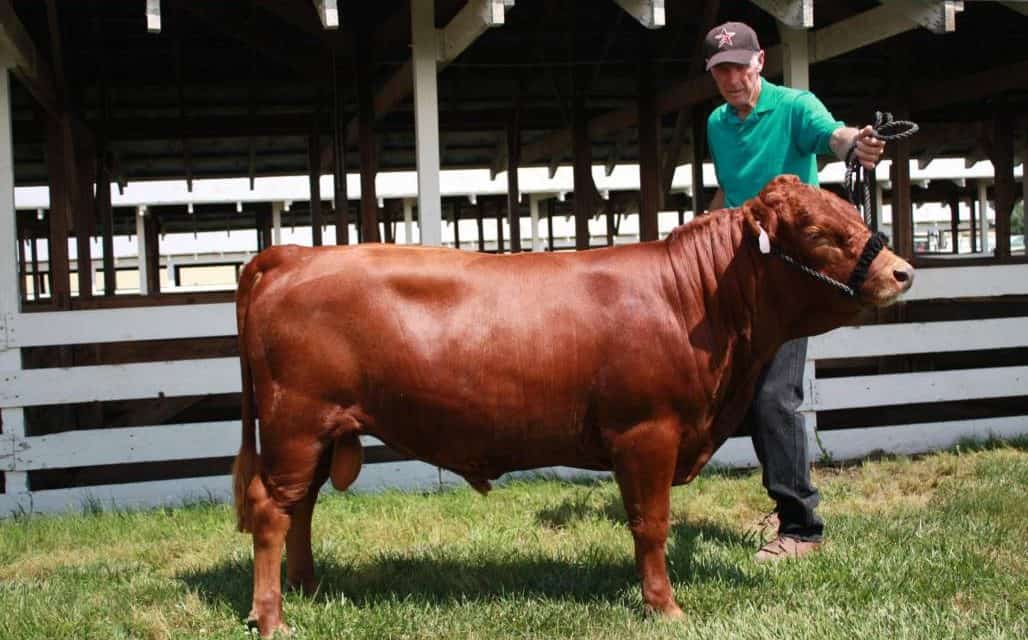

The breed comes in three colours, predominately black, but also red and dun. There are two recognized types, short legged and non-short, both of which have their equal merits. It is a dual-purpose breed, with the average weight of a cow being some 300 - 350 Kg's and standing 92cm - 107cm at the shoulder. Dexters can reasonably be expected to produce 2 to 2.5 gallons (7.6 to 9.5 litres) per day. Dexter cows are small, compact cows with upward-facing, black tipped horns. The Dexter breed is a small breed of cattle. The smallest of the European cattle breeds, they are about half the size of a. Some claim the milk is more naturally homogenised than other milk due to the smaller fat globules. Irish Dexter cattle are a breed of miniature cattle originating in Ireland. The beef produced by Dexters is well marbled and tends to be darker.ĭexters produce a rich milk, relatively high in butterfat (4%) and the quality of the milk overall is similar to that of the Jersey. The expectable average dress out is 50 to 70 percent. Their versatility is one of their greatest assets, and probably has something to do with the number of countries Dexter cattle are found, including North America, South Africa, Australia, and much of Europe.īeef animals in the US are expected to mature in 18 months and result in small cuts of high quality lean meat, graded US Choice, with little waste. Management practices vary by breeder and by country. Dexter Cattle grass fed beef has a delightful taste that is lean. However they are often listed as a triple-purpose breed, since they are also used as oxen. Dexter Cattle produce Grass Fed Beef of excellent quality and flavor with good marbling. The Dexter breed originated in Ireland.ĭexters are classified as a small, friendly, dual-purpose breed used for milk and beef. They were considered a rare breed of cattle, until recently, but are now considered a recovering breed by the American Livestock Breeds Conservancy. Mild temperament.Dexter cattle are the smallest of the European cattle breeds, being about half the size of a traditional Hereford and about one third the size of a Friesian (Holstein) milking cow. Yearling Mashona bulls also available for sale. The TSU herd consists of over 100 Dexter, Mashona x Dexter, and Mashona females.įor sale : Mashona herd sire E-20 is for sale. Fullblood Mashona cows were added in 2021. Mashona bulls are being crossed with the Dexter cows to produce F1 calves for evaluation. The breed has tropical adaptations that may be of value in the southern states. The Mashona is a small-framed Sanga beef breed from Zimbabwe. Mashona herd sires were introduced to the breeding program in 2019. The TSU foundation Dexter cattle are registered in the American Dexter Cattle Association herdbook (search under Owner# 10042). The Dexter cattle will be used to assess the production potential of non-traditional small-breed cattle for small-scale beef production as well as for teaching activities.

They vocalize using their trademark moo sound, which they use to communicate arousal.

We currently register our Dexters with Legacy, and the Purebred Dexter Cattle Association (PDCA). This project strives to preserve old lines of dexter cattle before any upgraded genetics were added. We are part of the traditional dexter preservation project. Dexter cattle are native to southern Ireland, and they're known for being gentle, hardy and easy to handle. 2 Men & A Hen raises Traditionally Horned Dexter Cattle. They're usually black in color, but they can also be red or dun (tan). It is considered a heritage breed like the Spanish and Myotonic goat breeds. Dexter cows are small, compact cows with upward-facing, black tipped horns. The Dexter is a small-framed British breed that is dual-purpose in type. Tennessee State University established a herd of Dexter cattle in 2015 to complement the meat goat breeding program. Dexter and Mashona Cattle Small-Scale Breeds for Small-Scale Production


 0 kommentar(er)
0 kommentar(er)
